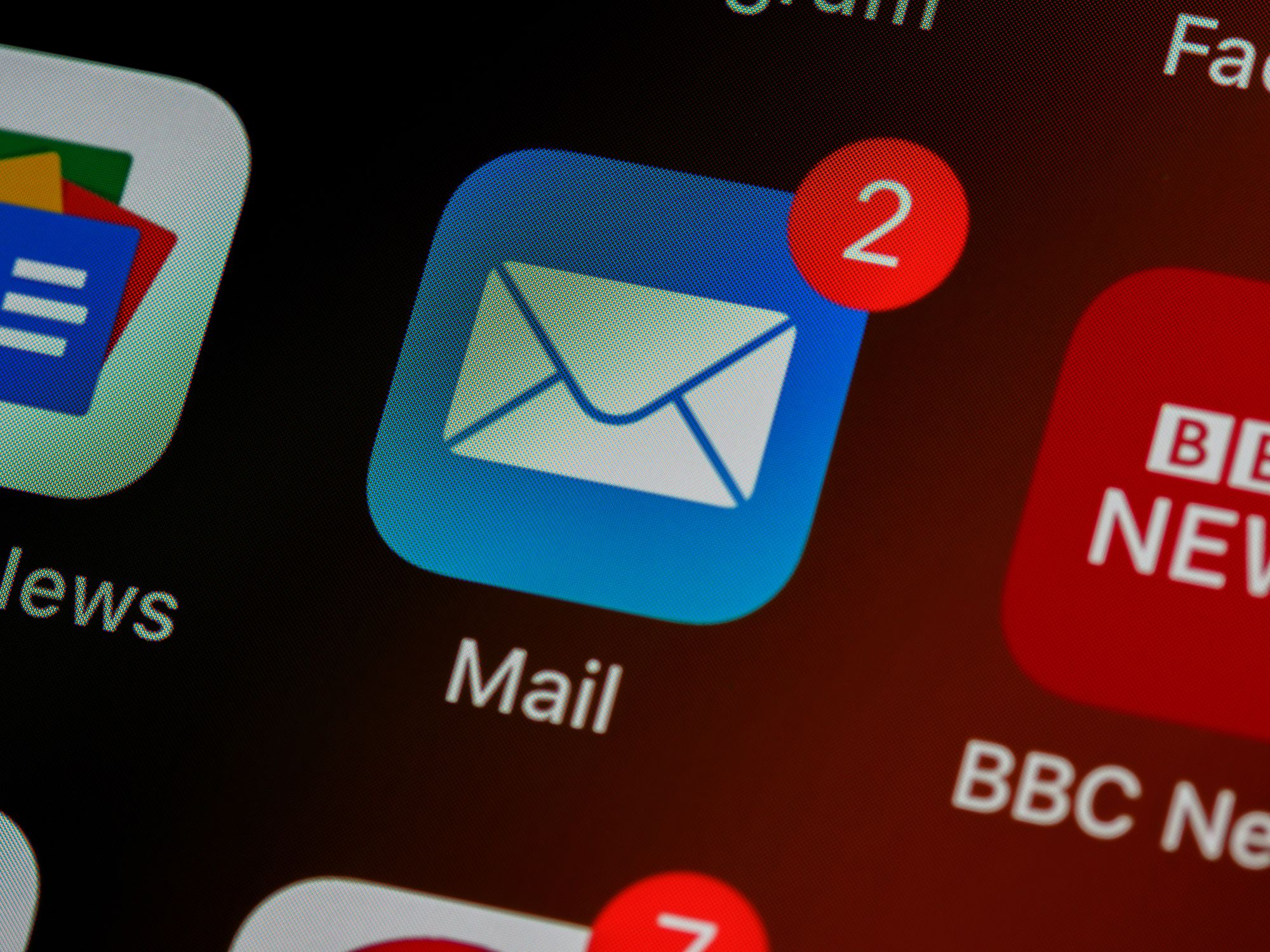As a rapidly scaling SaaS business, you’re likely working across multiple channels. And, while in the digital age this is certainly a plus, it can also be a massive headache.
You've got agents, dealerships, and distribution partners to handle, and those folks need the right resources to succeed.
That's where marketing development funds (MDFs) come in. It might sound dull but it can really be a secret weapon for companies, giving them the cash they need to empower teams to smash their tasks and targets.

No matter how big your business is, MDF marketing might just be the key you need to stay strong across all your marketing channels. With MDFs, you can support all your projects without suffering a blow on quality.
Unlike other marketing initiatives, MDFs offer flexibility so your teams have the resources they need, no matter what's going on.
But how can you use MDFs to maximize your returns? That’s what we’re here to find out. Let’s dive in.
What are marketing development funds (MDFs)?
In a nutshell, they're like a pot of money set aside by vendors or distributors for their partners. It's all about fueling those mutually beneficial joint marketing activities that help everyone grow in the future.
Now, when it comes to the B2B SaaS market, MDFs are a big deal. They're like the secret sauce for channel partners. It's the money they can tap into to boost their brand presence and drive sales through cool marketing campaigns or snazzy development programs.
How are MDFs used?
Partners can tap into MDFs to snag radio spots to reach a wide audience, host webinars that bring in potential customers, grab booth space at trade shows, or even throw their own marketing events.
You know those lunch-and-learn sessions? Partners can make those happen and use MDFs to foot the bill. It's all about educating and impressing their clients.

MDFs also come in handy for channel partners to cover expenses like renting sales lead lists or running telemarketing campaigns. It's like having a financial safety net to support their sales efforts.
To break it down, MDFs can be used for:
- Content creation, especially for social media campaigns, or launching a podcast series.
- Lead generation, funding email marketing and SEO optimization.
- Events, where channel partners can shout about their amazing benefits through webinars or conferences.
First steps to kickstarting your marketing development fund strategy
Is a marketing development program really right for your organization?
Before diving into an MDF program, ask yourself: is it really right for your organization? One size doesn't fit all, and what works for others might not work for you. Consider your channel partners and their growth expectations before taking the plunge.
When it's time to launch your MDF marketing program, play to your organization's strengths. Allocate resources strategically to reinforce those strengths. It's not a walk in the park, though.
You'll be dealing with co-branded items, event photos and videos, sign-offs, and a whole bunch of paperwork. Providers need to understand their partners' needs and design an impactful MDF program.
Technology is your ally
MDF programs can get complicated, and not every business is equipped to handle them with ease. Invest in automated channel marketing tools and software. You want to ultimately accommodate real-time distribution of brand assets in a flexible ecosystem.
Track your performance like a pro
Knowing how your brand strategy is performing is crucial. It lets you make timely adjustments and avoid wasting resources. Keep a sharp eye on performance metrics to maximize returns and cut out wasteful practices.

Don't be a lone wolf
Engage with your partners. Don't assume you have all the answers. Establish a solid feedback system that keeps the communication flowing. By listening to your partners' input, you'll have better control over the success of your brands. Remember, collaboration is key!
Marketing development funds best practices
MDF programs should be all about putting the partner experience first. They should be treated like a natural extension of the business, fitting right into the overall marketing and business goals. It's all about making it a win-win for both the vendor and the channel partner.
When it comes to creating a marketing development fund program, the vendor or distributor needs to keep a few things in mind:
Step one: Figure out how the funds are gonna be dished out.
There are various options, like reimbursements, rebates, co-op funds, or even splurging on marketing placements.
Step two: Make sure everyone's on the same page with the marketing goals.
The vendor and the partner need to agree on what they wanna achieve to move their businesses forward.
Step three : Set a budget and decide which activities are gonna get priority.
Step four: Come up with a process for approving partners.
Get everyone aligned on the marketing strategy, the metrics, and the goals. That way, you have a solid logical foundation for how you divvy out funds.
Step five: Keep tabs on the results and track that sweet ROI.
Keep an eye on how engaged your partners are and have regular check-ins to see if the program is really doing its job.
By nailing these steps, MDF programs can make partners happy while driving success for the vendor.

What is the structure of marketing development fund allocation?
MDFs are usually doled out based on partner performance and revenue. In simple terms, the more a partner sells, the better their chance of accessing those sweet marketing development funds. But, here's the catch: this structure doesn't do much to motivate new partners.
That's why many channel managers, who handle relationships with partners for vendors or distributors, are shifting towards proposal-based MDF programs.
In these programs, all partners, regardless of revenue or tenure, can pitch for funds. It opens up more dialogue between the channel manager and partners, giving smaller and newer partners a chance to participate and allocate funds based on their strategic goals.
Now, let's talk budget. The amount of money allocated depends on various factors, like channel maturity, market presence, and other perks and incentives offered within the partner ecosystem.

But here's the thing: vendors often struggle to figure out how much to budget for MDFs. It's not an easy task. Each partner is unique, and budgets will fluctuate based on factors like their products, location, and their co-marketing value to the vendor or distributor.
Proving ROI for MDFs can also be a challenge. That's why it's crucial for the vendor or distributor to set clear, measurable goals when establishing a program, and for the channel partner to track progress along the way. It's all about staying on top of things and making sure everyone is on the same page.
The amazing benefits of a marketing development fund strategy
For the channel partner, MDFs bring a host of benefits that make it a no-brainer. Here's what they can look forward to:
- Boosting brand awareness: MDFs provide the means to increase brand visibility and reach a wider audience, helping partners enhance their brand presence in the market.
- Generating more leads: With access to additional funds, partners can invest in targeted marketing campaigns, driving lead generation and attracting potential customers.
- Investing in employee growth: MDFs allow partners to invest in training and education programs for their employees, fostering professional development and improving expertise within the organization.
- Enhanced marketing support: Partners can tap into MDFs to receive additional marketing support, such as co-branded materials, advertising initiatives, or participation in industry events, giving them a competitive edge.
- Adopting new tools and technology: MDFs enable partners to invest in the latest tools and technologies that can streamline operations, improve efficiency, and deliver better customer experiences.

On the other side of the equation, vendors and distributors also reap significant benefits from MDFs:
- Strengthening partner relationships: MDFs help build stronger partnerships and foster loyalty among channel partners, creating a mutually beneficial ecosystem.
- Control over funding allocation: Vendors and distributors have the ability to allocate funds strategically, ensuring that the resources are utilized in alignment with their overall marketing and business objectives.
- Leveraging partner knowledge: MDFs allow vendors and distributors to tap into the expertise and insights of their partners, leveraging their market knowledge and experience for more effective marketing campaigns.
- Supporting smaller partners and new programs: MDFs provide an opportunity to nurture and grow smaller partners, empowering them to expand their reach and contribute to overall business growth. It also enables the introduction of new programs and initiatives that drive innovation within the partnership ecosystem.
- Increasing the value of partnership programs: MDFs enhance the overall value of partnership programs, attracting and retaining top-tier channel partners. This, in turn, contributes to the success of channel managers who oversee and manage these partnerships.
The difference between marketing development funds and co-op funds
Market development funds (MDFs) and co-op marketing funds may seem similar, but they're not cut from the same cloth. Here's the lowdown:
Co-op funds? They're like the VIP treatment, reserved for the big guns - high-volume sellers, the distributors who bring in the big bucks.
Vendors dish out these funds based on a percentage of the partner's product sales. And guess what? They're all about the long game. Co-op funds are budgeted for annual campaigns and other marathon-like marketing activities.
But MDFs? They're all about quick hits. Think webinars and trade show appearances. They're perfect for partners looking to make a splash in the short term. Both co-op and MDF funds can go to waste if partners find them as tricky as a maze or have no clue they even exist.
So, remember, while co-op funds and MDFs may share a few similarities, they have their own flavors. Get savvy about these differences to squeeze the most juice out of these funding sources.
Let’s wrap it up
With these benefits in play, MDFs create a win-win scenario where both the channel partner and the vendor or distributor thrive and achieve their respective goals.
In the modern era, SaaS organizations need to be able to utilize multiple channels. Because of this, it’s essential to forge solid relationships and create an ecosystem of quality partners in order to scale effectively.
So, don’t miss out on the opportunities that marketing development funds can give you!





